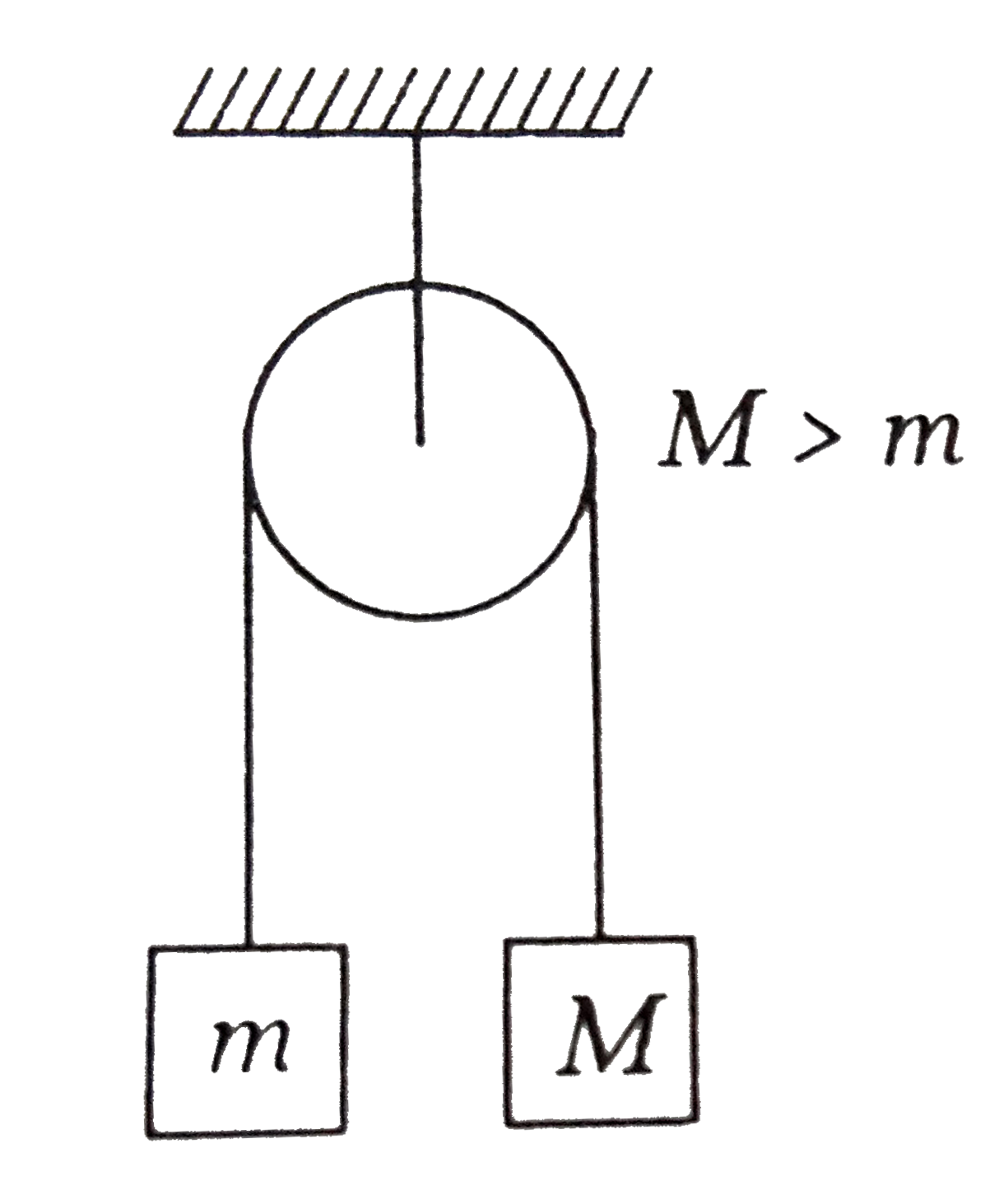An object is released from rest. The time it takes to fall through as distance h and the speed of the object as ilt fallls through this distance are measured with a pendulum clock. The entire apparatus is taken on the moon and the experiment is repeated
the measured times are same
the measured speeds are same
the actual times in the fall are equal
the actual speeds are equal
The correct Answer is:A, B
Topper's Solved these Questions
- SIMPLE HARMONIC MOTIONBOOK - HC VERMACHAPTER - SIMPLE HARMONIC MOTIONEXERCISE - Exercises
58 Videos
- SIMPLE HARMONIC MOTIONBOOK - HC VERMACHAPTER - SIMPLE HARMONIC MOTIONEXERCISE - Objective 2
14 Videos
- ROTATIONAL MECHANICSBOOK - HC VERMACHAPTER - ROTATIONAL MECHANICSEXERCISE - Exercises
86 Videos
- SOME MECHANICAL PROPERTIES OF MATTERBOOK - HC VERMACHAPTER - SOME MECHANICAL PROPERTIES OF MATTEREXERCISE - Exercises
32 Videos
Similar Questions
An object is released from rest. The time it takes to fall through as distance h and the speed of the object as it falls through this distance are measured with a pendulum clock. The entire apparatus is taken on the moon and the experiment is repeated
View SolutionA ball falls freely from rest. The ratio of the distance travelled in first, second, third and fourth second is
View Solution
Knowledge Check
An object is released from rest. The time it takes to fall through a distance h and the speed of the object as it falls through this distance are measured with a pendulum clock. The entire apparatus is taken on the Moon and the experiment is repeated. Then,
Athe measured times are same.Bthe measured speeds are same.Cthe actual times in the fall are equal.Dthe actual speeds are equal.A stone is allowed to fall freely from rest. The ratio of the time taken to fall through the first metre and the second metre distance is
A√2−1B√2+1C√2DNone of theseA particles is dropped from certain height. The tame taken by it to fall through successive distance of 1 m each will be
Aall equal being equal to √2/g secondBin the ratio of the square roots of the integers 1,2,3…Cin the ratio of the difference in the square roots of the integers i.e.,
√1,(√2−√1),(√3−√2),(√4−√3),….DIn the ratio of the reciprocals of the square roots of the integers, i.e., 1√1,1√2,1√3 ,,…
The system shown in the figure is released from rest. At the instant when mass M has fallen through a distance h, the velocity of m will be

View SolutionA ball is dropped from the top of a tower of height (h). It covers a distance of h/2 in the last second of its motion. How long does the ball remain in air?
View SolutionThe system shown in the figure is released from rest. At the instant when mass M has fallen through a distance h, the velocity of m will be

View SolutionA particle is dropped vertically from rest from a height. The time taken by it to fall through successive distances of 1 m each will then be
View SolutionA stone falls freely from rest from aheight h and it travels a distance h/2 in the last second. The time of journey is
View Solution
